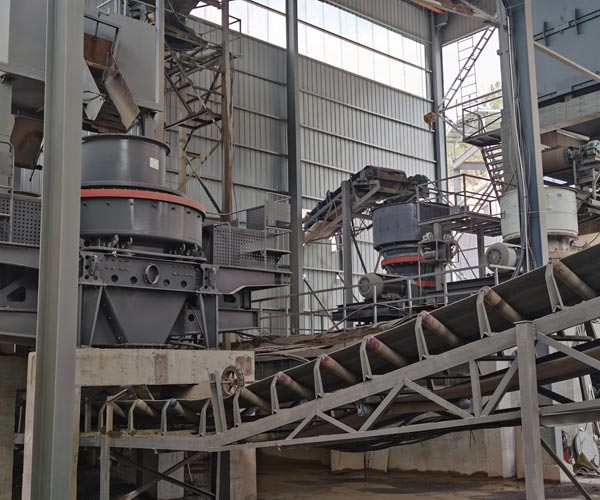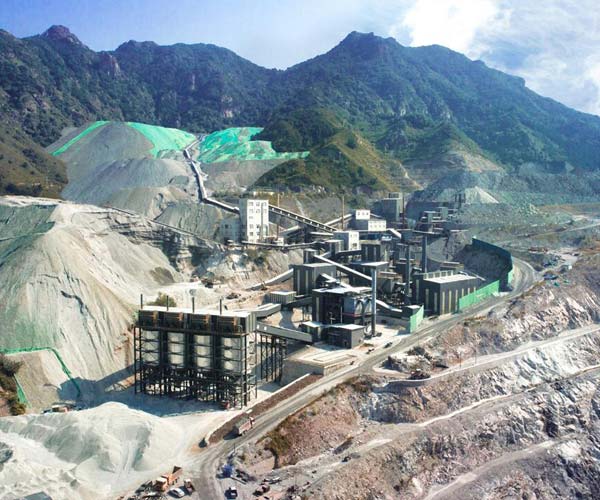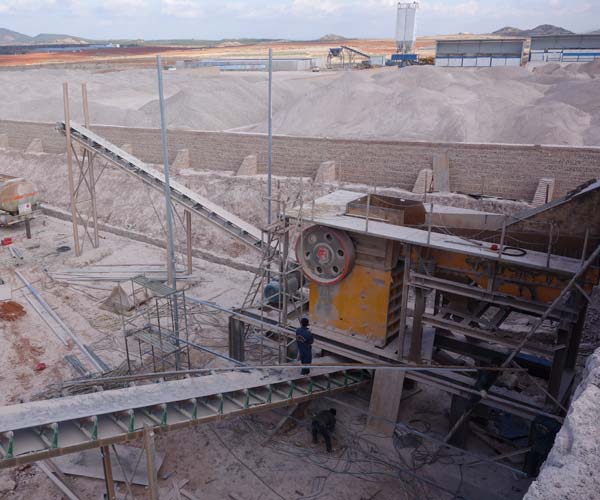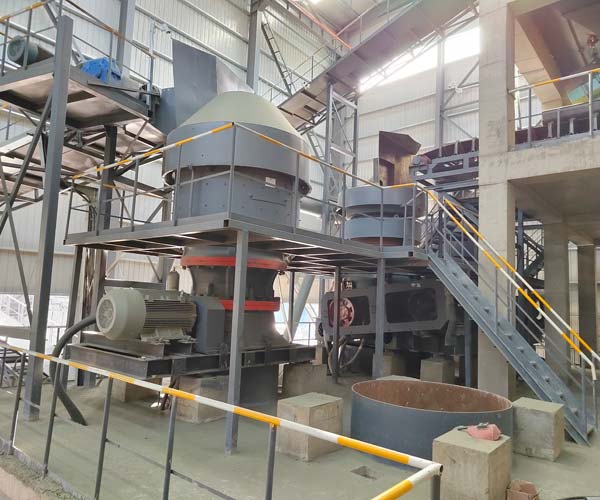
Quartz crushing process transforms massive rocks into the fine grains that fuel various industries. From the primary crushing stage, where jaw crushers break down large boulders, to the secondary and tertiary stages, which refine the quartz particles to specific sizes, each step is crucial in delivering a product that meets the stringent requirements of diverse applications.
24 Online Service

The quality of quartz deposits is influenced by several factors, each playing a significant role in determining the commercial value of the extracted material.
Purity is a critical factor in assessing the quality of quartz. Impurities, such as iron oxide, can impart color to the mineral, affecting its aesthetic and commercial appeal. While some industries prefer colorless quartz, others may seek out vibrant hues for specialized applications.
The size and clarity of quartz crystals impact its usability in various industries. Larger, well-formed crystals are often sought after for jewelry and decorative purposes, while smaller crystals with high clarity are valued in electronics and manufacturing.
Transparency is another key aspect influencing the quality of quartz. Clear, transparent quartz is highly prized in applications where optical clarity is crucial, such as in the production of lenses and prisms for cameras and scientific instruments.
The chemical composition of quartz can vary, with some deposits containing trace elements that may enhance or diminish its properties. Geologists and mineralogists analyze the chemical composition to ensure the quartz meets industry specifications.
Once a viable deposit is located and its quality assessed, the extraction process begins. Quartz mining involves various methods, each tailored to the specific geological conditions of the deposit.
In regions where quartz deposits are near the surface, open-pit mining is a common method. This involves removing overlying soil and rock to expose the quartz deposit. Heavy machinery, such as excavators and bulldozers, is used to extract the quartz-bearing material.
When quartz deposits are located at deeper levels, underground mining becomes necessary. This method involves creating tunnels and shafts to access the deposit. Miners use specialized equipment to extract the quartz, ensuring safety and efficiency in the process.
In some cases, quartz deposits may be extracted using hydraulic mining techniques. High-pressure water jets are used to break down and dislodge the quartz-bearing material, which is then collected and processed.

At this initial phase, large quartz rocks are subjected to powerful forces to break them down into more manageable sizes. One of the primary tools employed in this stage is the jaw crusher – a robust machine designed to withstand high pressure.
As the quartz-laden rocks enter the jaw crusher, the mechanism exerts force, gradually fracturing the material into smaller fragments. The choice of the jaw crusher for primary crushing is pivotal, as it sets the foundation for subsequent stages, determining the size distribution and quality of the final product.
Having undergone primary crushing, the quartz fragments proceed to the secondary crushing stage, where the emphasis shifts to further reducing their size. This critical phase plays a pivotal role in ensuring the production of quartz particles that meet the specifications demanded by various industries.
One of the key players in the secondary crushing stage is the cone crusher. Engineered with precision, the cone crusher operates by compressing quartz between an eccentrically gyrating mantle and a concave. This action further breaks down the material into smaller pieces, ensuring a consistent and refined output.
Additionally, impact crushers may also be employed in the secondary crushing process. These crushers leverage high-speed rotating rotors that impact quartz against hard surfaces. This collision breaks down the material into smaller sizes, contributing to the overall reduction of the quartz particles.
As the quartz particles approach their desired size, they enter the tertiary crushing stage, which serves to fine-tune the granularity of the end product. This phase is crucial for achieving the specific sizes required by industries like glass manufacturing and silicon production.
Roll crushers and vertical shaft impactors (VSI) often take center stage in tertiary crushing. Roll crushers exert pressure on quartz between two counter-rotating cylinders, compressing and shearing the material to achieve the desired size. On the other hand, VSI crushers employ high-speed rotors to impart a final shaping touch, ensuring a uniform and fine end product.
Apart from jaw crushers, cone crushers, impact crushers, roll crushers, and VSI crushers, various auxiliary equipment plays a crucial role in ensuring a seamless operation.
Vibrating Feeders: These facilitate a steady flow of quartz rocks into the crushers, ensuring a continuous and efficient crushing process.
Screens: Screens are used to segregate the crushed material into different sizes, allowing for the selection of specific granularities based on industry requirements.
Conveyors: Conveyors transport the crushed quartz from one processing stage to another, connecting different components of the crushing circuit.
Dust Suppression Systems: Given the dusty nature of the crushing process, effective dust suppression systems are employed to create a safer working environment and prevent environmental pollution.

The process begins with the extraction of raw quartz from mines, typically in the form of large crystals. These crystals undergo meticulous sorting and cleaning to remove impurities, ensuring that the resulting material meets the stringent quality standards demanded by various industries.
Once cleaned, the raw quartz undergoes a transformation through a series of mechanical and chemical processes. Advanced machinery, including precision cutting tools and polishing equipment, plays a crucial role in shaping the quartz into slabs or countertops.
One of the key steps in the manufacturing process is the resin bonding stage, where the quartz crystals are combined with resins and other additives. This step enhances the structural integrity of the material, making it resistant to scratches, stains, and other forms of wear and tear.
The curing process follows, wherein the resin-infused quartz slabs are subjected to controlled heat and pressure. This ensures a robust molecular bond between the quartz crystals and the resin, resulting in a material that exhibits exceptional strength and durability.
Quartz’s versatility extends its applications across multiple industries, making it a cornerstone material in construction, electronics, and interior design.
Quartz’s durability and resistance to environmental factors make it an ideal choice for construction applications. Quartz countertops and slabs find extensive use in kitchens and bathrooms, offering a combination of aesthetic appeal and functionality.
The unique electrical properties of quartz, such as its piezoelectric effect, have led to its widespread use in the electronics industry. Quartz crystals are integral components in oscillators and resonators, ensuring precision in timekeeping and electronic signal generation.
In the realm of interior design, quartz products have become synonymous with elegance and contemporary aesthetics. The ability to mimic the appearance of natural stones while offering enhanced durability and stain resistance makes quartz an attractive choice for flooring, wall cladding, and various decorative elements.
Our Projects
Copyright © ZENITH, All Right Reserved.
